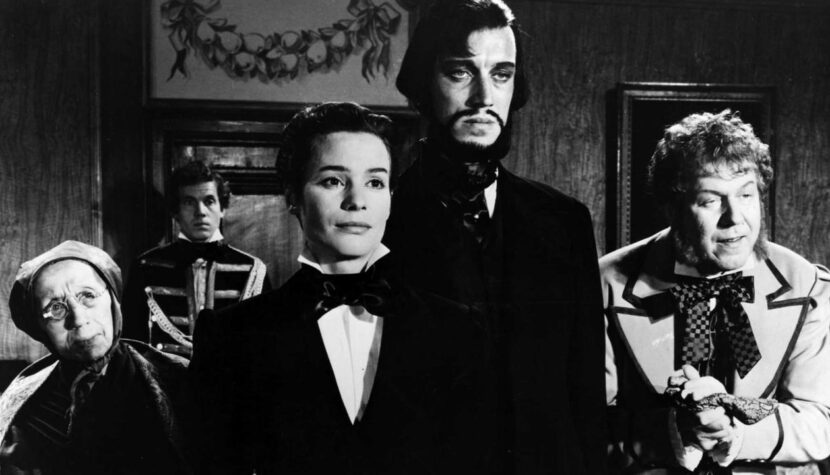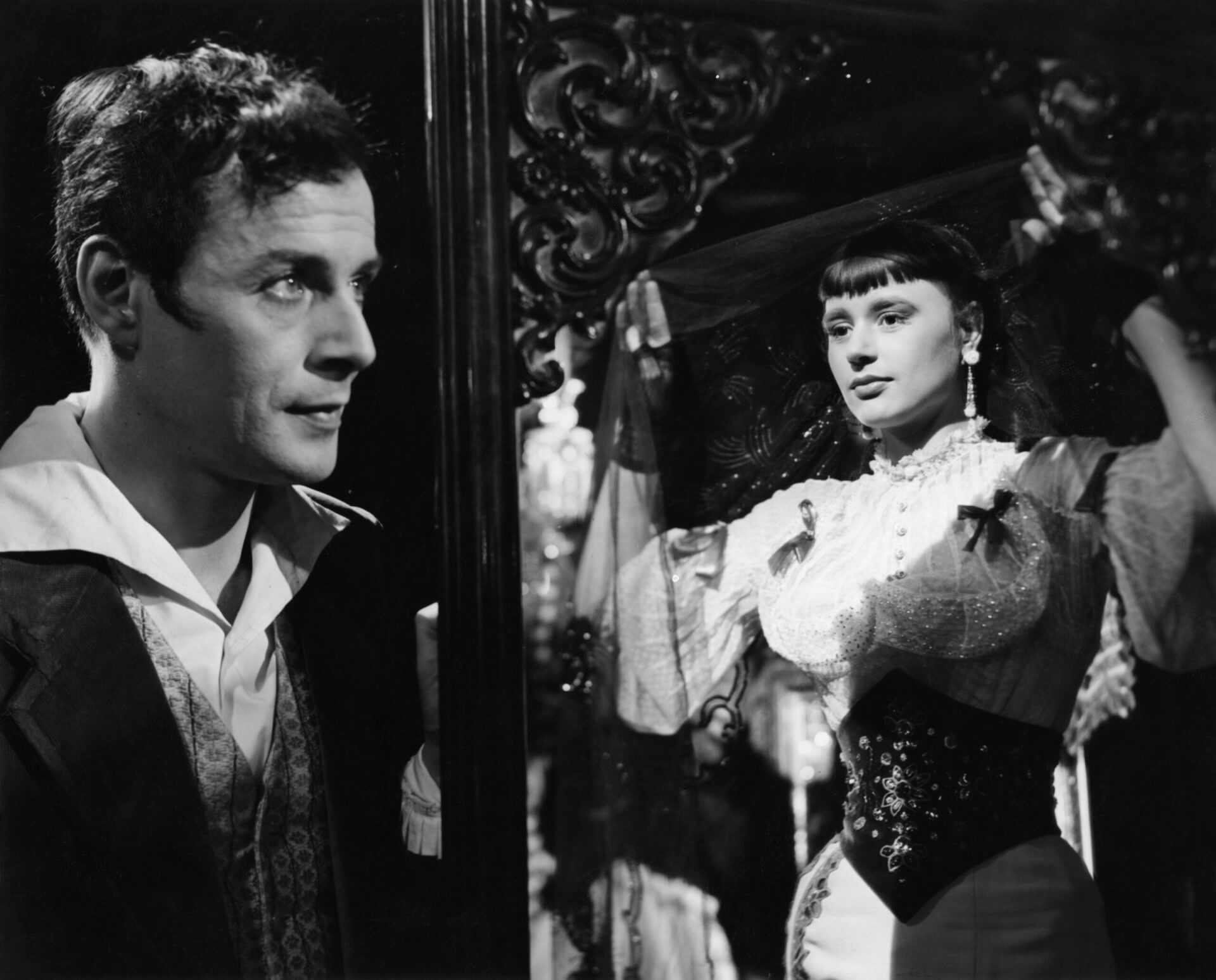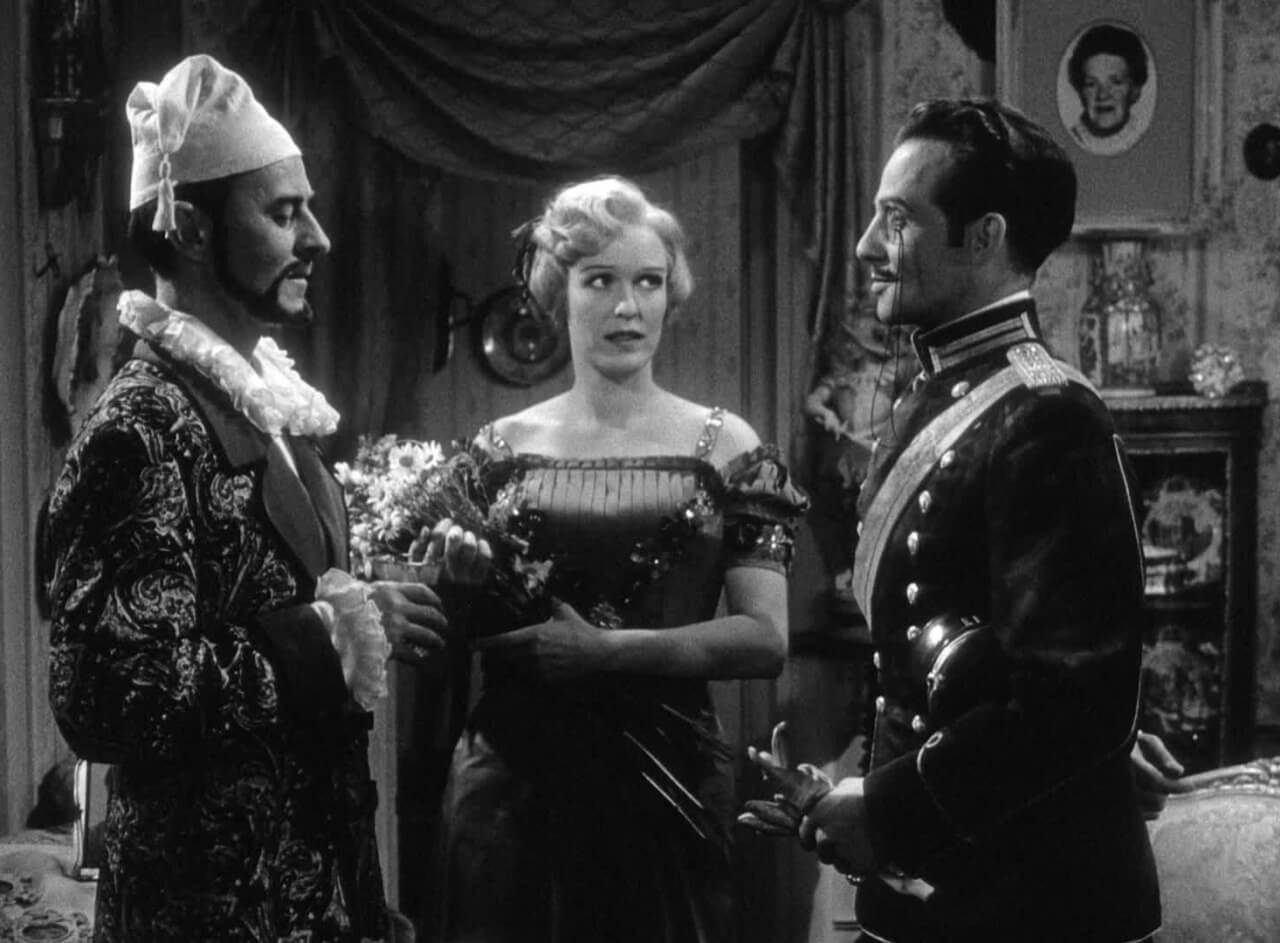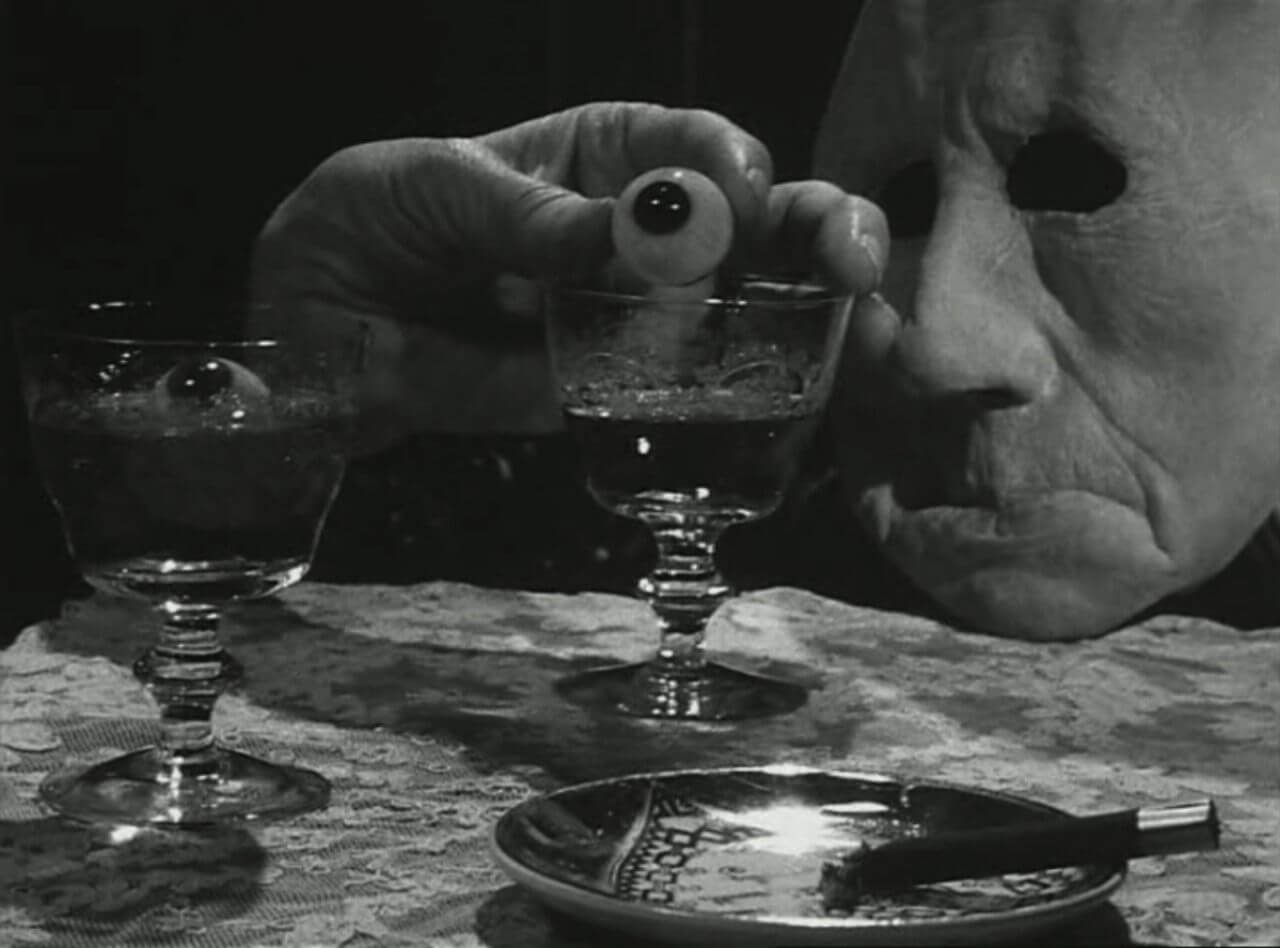Forgotten Masterpieces Of Ingmar Bergman

The number of films I mentioned also includes television productions. For a filmmaker regarded as an artist rather than a craftsman, this is truly an impressive body of work. In the year 1958 alone, four of his films premiered. Bergman’s creativity extended beyond a single medium. He worked in cinema, television, theater, and opera. He wrote screenplays, stories, autobiographical books, and stage plays. It was in the theater that he encountered a group of excellent actors whom he frequently cast in his films.
For his cinematic achievements, he received nine Oscar nominations (along with three awards in the Best Foreign Language Film category), the Irving G. Thalberg Memorial Award, the Golden Bear in Berlin, and many other accolades. He earned his name as a brand that attracts discerning audiences, connoisseurs not seeking escapist entertainment but material for contemplation and exploration of hidden meanings. I’ve selected five titles that don’t have the same status today as The Seventh Seal, Wild Strawberries, The Virgin Spring, Persona, or Fanny and Alexander. Quoting a passage from the introduction to Sawdust and Tinsel, one could say that they are “sketches worth a penny.” But they can provide more satisfaction than some multimillion-dollar works, so it’s worth devoting time to them. Here’s a chronological order:
Sawdust and Tinsel (1953)

Cinema, theater, circus—each of these art forms, although serving an escapist function, almost perfectly reflects real life. Clowns, jugglers, acrobats are also certain types of humans, and the masks and costumes symbolize the artificiality and deceit of the world around us. Sawdust and Tinsel is Bergman’s first joint project with Sven Nykvist. Both were awarded at the Camerimage festival in 1998 in the Best Director-Cinematographer Duo category. Their collaboration truly began in 1960 (from The Virgin Spring), but its prelude was Sawdust and Tinsel. Nykvist and his assistant Hilding Bladh employed a multitude of excellent camera shots. The imaginative composition of frames, expressiveness, and the combination of a realistic style with the atmosphere of a mass spectacle all resonate well with the philosophical nature of the Swedish director. This film also marked the beginning of Bergman’s collaboration with a costume designer using the pseudonym Mago (they worked together for almost half a century). There’s not a word to be said against the acting. Åke Grönberg’s performance as the circus director is very good, accompanied by the spirited Harriet Andersson. Among Bergman’s early dramas—those made before The Seventh Seal—Sawdust and Tinsel stands out as the best. Other works from this period, except Smiles of a Summer Night, offer less, but that doesn’t mean they’re not worth checking out (I haven’t seen them all… who knows, there might be another forgotten masterpiece hiding among them).
Smiles of a Summer Night (1955)

Ingmar Bergman’s first international success. Today, it may seem atypical for this filmmaker because it’s crafted in a comedic-romantic tone. Contrary to appearances, this isn’t his only comedy. He made at least five films that can be classified in this genre. Most of them starred Eva Dahlbeck, who had the greatest comedic talent among all Bergman’s actresses. Smiles of a Summer Night was inspired by William Shakespeare’s A Midsummer Night’s Dream, but Alfred Hitchcock‘s words also apply: “Love is a game in which everyone cheats: men to win, women not to lose.” It’s a 19th-century salon grotesque, where humor intertwines with melancholy, and the light and lively tone is often enriched with lyrical-reflexive character and cool shades. The portrayal of past technological progress (“When the road permitted, we drove at a speed of 30 kilometers per hour”) is amusing. Besides Eva Dahlbeck, the excellent performances come from Gunnar Björnstrand, Harriet Andersson, Ulla Jacobsson, and Jarl Kulle. The extraordinary rhythm, composition, and elegance can be observed in the work of cinematographer Gunnar Fischer. As in Sawdust and Tinsel, the costumes designed by the artist known as Mago stand out.
Brink of Life (1958)

Although the film was made after two outstanding works by Bergman (The Seventh Seal and Wild Strawberries), it was also acclaimed by critics and festival juries. It won the Best Director and Best Actress awards at the Cannes Film Festival, although in the latter category, there was an unprecedented tie—four actresses were honored: Eva Dahlbeck, Ingrid Thulin, Bibi Andersson, and Barbro Hiort af Ornäs. This underscores the advantage that this festival has over the Oscars, where some performers (or filmmakers) should also be awarded ex aequo. “Brink of Life” is a chamber psychological drama based on stories by Ulla Isaksson, who also wrote the screenplay (her most famous achievement is the script for The Virgin Spring, also directed by Bergman).
The story of three women on the brink of motherhood—authors thoroughly explore the psyche of expectant mothers before their pivotal moment, i.e., childbirth. Each reacts differently. There’s nervousness, crying, irritation, and fear, or as in the case of Eva Dahlbeck’s character, first joy and enthusiasm, followed by a fear that something bad might happen after all. The childbirth scene involving her character keeps the audience in suspense—viewers aren’t sure if the baby will be born healthy or if its arrival poses a threat to the mother’s life. Swedish actresses not only immerse themselves perfectly in the situation but also have very ordinary faces that add authenticity to the characters. And they’re so different from each other that their characterological nuances become apparent at first glance. In my opinion, this is Bergman’s best film in terms of female themes. Its credibility is mainly due to the fact that the script was written by a woman (and a great writer, at that).
The Magician (1958)

This film, too—although it remains in the shadow of Bergman’s other works today—won acclaim at international events during its time. It received a Special Jury Prize at the Venice Film Festival, among others. It starts almost like a Gothic horror, but it quickly becomes apparent that beneath the period costume lies a dissection of the human psyche, and beneath Max von Sydow’s unnatural beard and wig lies the soul of a remarkable artist. One character says: “Frauds are so common that the one who tells the truth is considered the greatest liar.” The foreground features a group of illusionists-hypnotists, people who, according to rational thinking, are considered frauds and charlatans, not true magicians. This leads us to the question of the existence of God (a question that plagued Bergman almost his entire life). If God exists, then it seems natural that true magic must also exist.
The Magician is an intriguing film with a cohesive narrative and visual construction (Gunnar Fischer—master!), evoking an impression from the very beginning until the surprising finale. Many of Bergman’s great, favorite actors appear here, but they perform so distinctly that there’s no sense of repetition or boredom. Max von Sydow, in particular, surprises—this excellent actor with a strong, resonant voice doesn’t speak for a long time, yet there’s something problematic in his gaze. It’s hard to guess who he is and what his plans are. The answer to whether he is a magician or a fraud isn’t difficult to guess, but the motif of the titular face gives food for thought (original title: Ansiktet, that’s The Face). Naima Wifstrand created an interesting character, especially suitable for the role of witches (in one scene, she performs a moving song about a soldier). According to Woody Allen, this is one of those films worth starting your Bergman adventure with. To viewers unfamiliar with the director’s work, this film offers a key that opens the doors to a world full of jugglers and lost souls.
Hour of the Wolf (1968)

“The hour of the wolf is the time from midnight to dawn when most people die, when sleep is deepest, and nightmares are most exceptional. Insomniacs are haunted by their sharpest fears. It’s a time when ghosts and demons prevail, and the most children are born.” It sounds quite unsettling, and due to the presence of supernatural elements, the film is sometimes classified as horror. The work is characterized by a surreal, gloomy atmosphere, making it closer to a nightmare than a traditional story with a straightforward message. The theme of the film is the artist’s soul engulfed in anxiety. Although classic fright isn’t present, the use of light and shadow is on par with true masters of horror cinema. Sven Nykvist created many excellent shots and fashioned a world on the border between reality and dream, most likely inspired by the achievements of German expressionists. In this peculiar world—in Scania by the Baltic Sea—we can also observe exceptionally suggestive, full of suffering and bitterness performances by Bergman’s favorite actors: Max von Sydow and Liv Ullmann.

